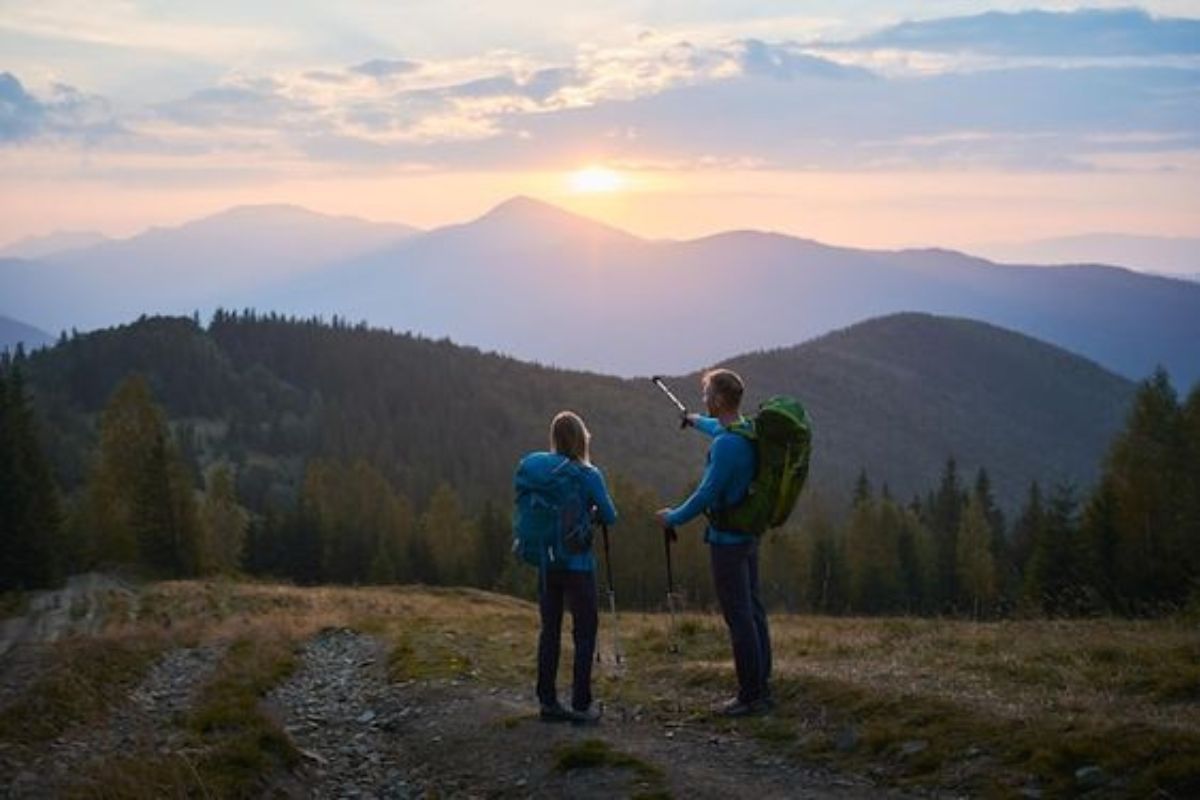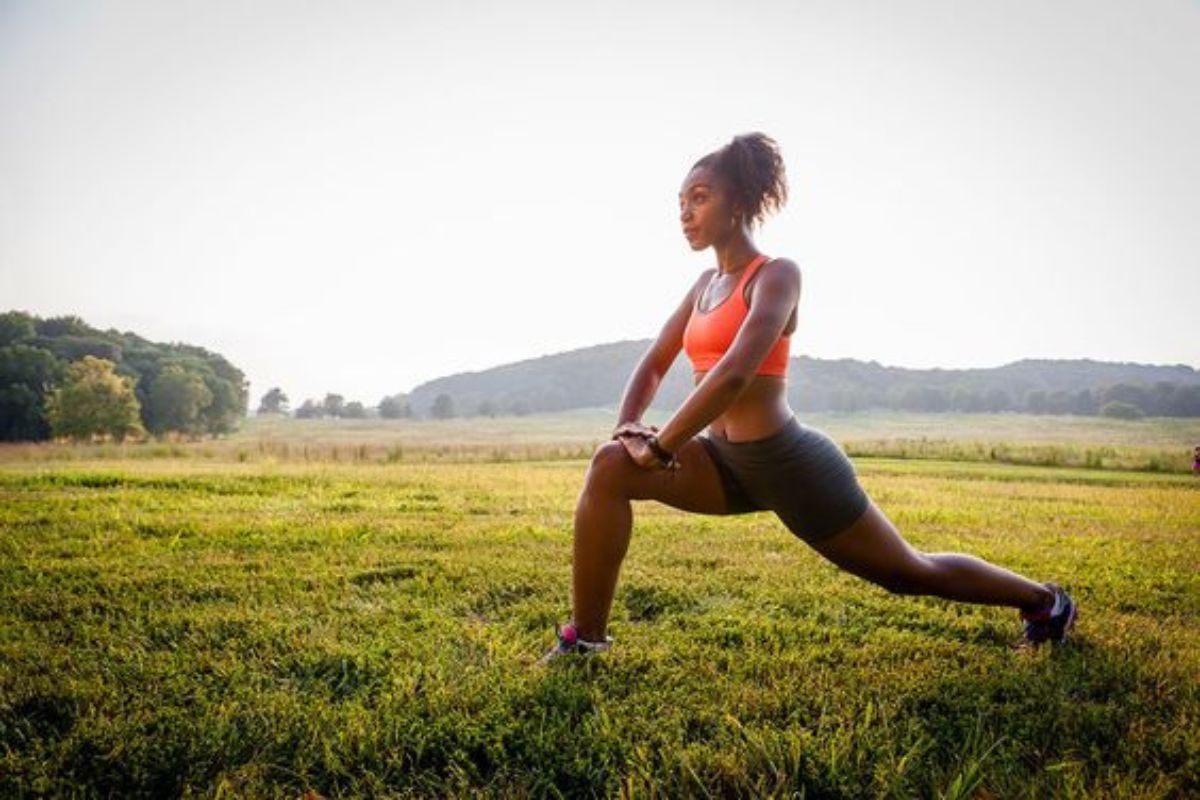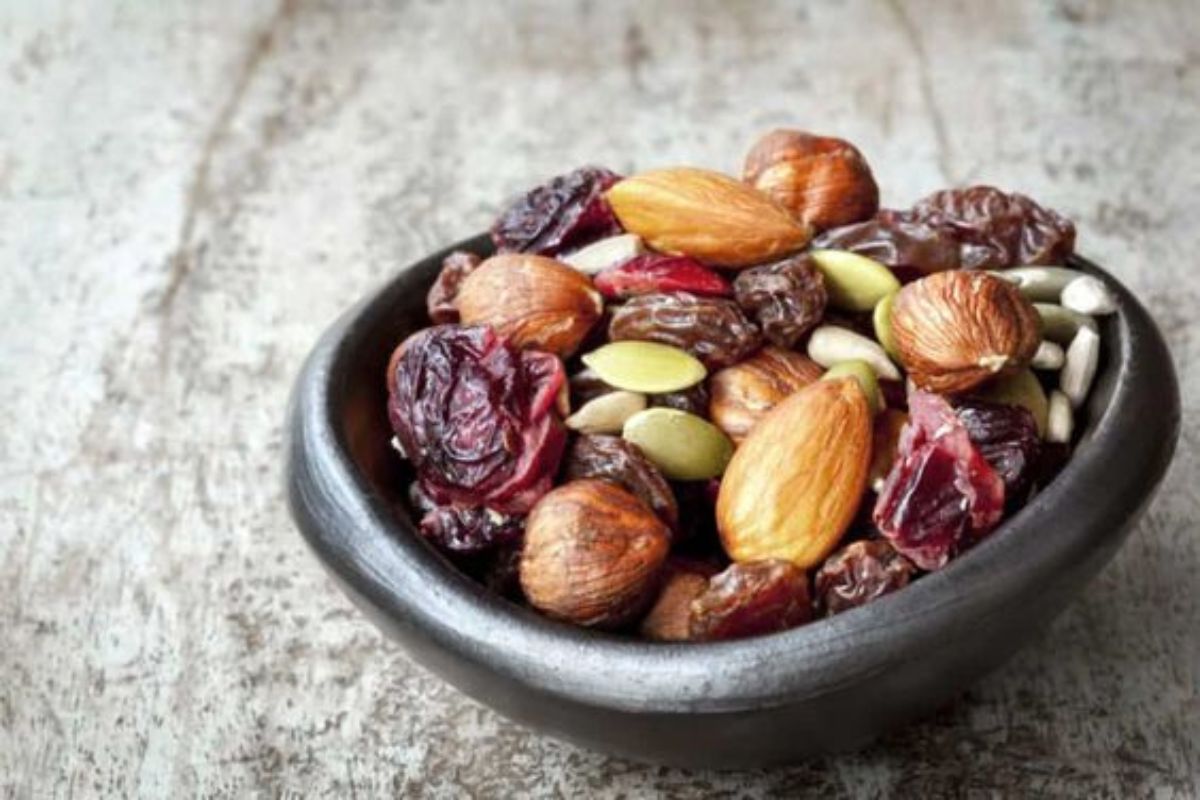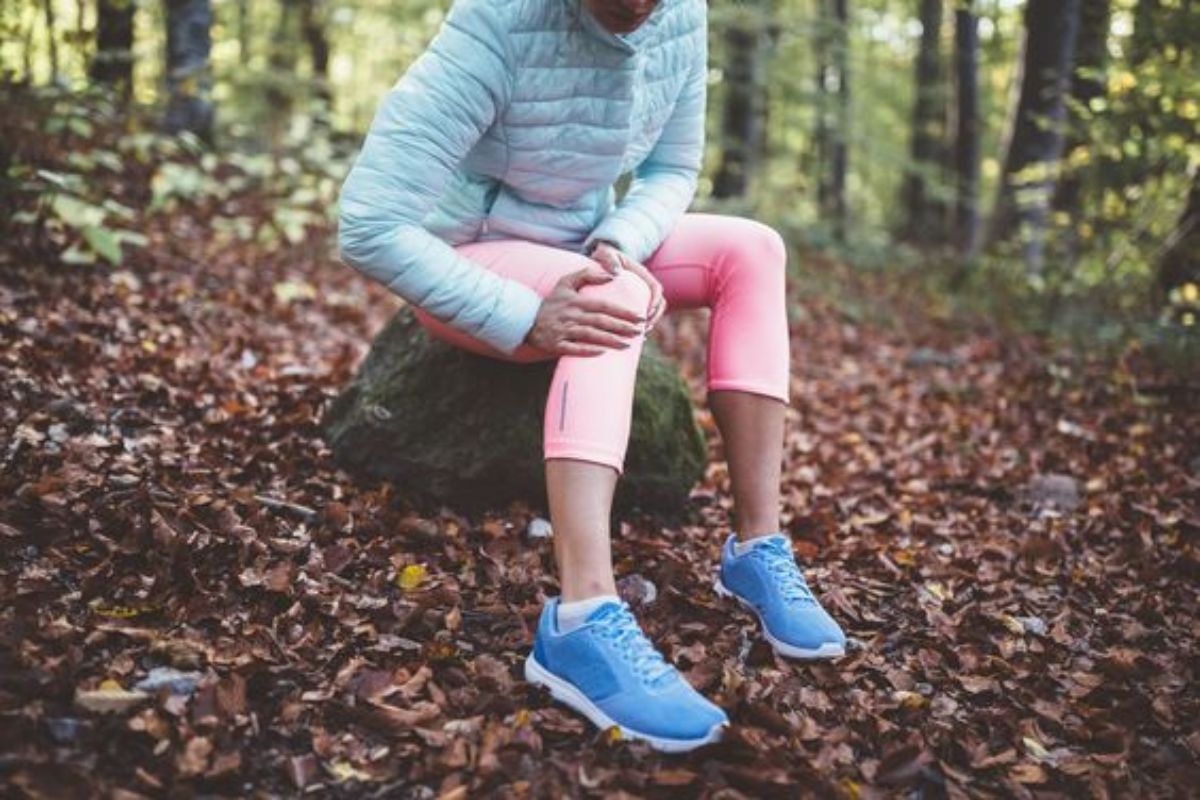Hiking, like traveling, is thought to be one of the most beneficial activities for improving one’s physical condition. However, depending on your active time and the terrain, you are bound to experience some pain while engaging in this sport. Let’s take notice of the top 5 efficient methods recommended by Wanderlust Tips USA to aid with your post-hike recovery tips.
Don’t be concerned if your body is fatigued. It is an indication that you have had a successful set of trail training sessions. However, if you have stiff glutes, tight hammies, or muscle exhaustion for days on end, it’s time to think about a post-hike rehabilitation plan.
Learning helpful recovery strategies to assist reduce any muscle or joint stiffness after hiking is critical to maintaining the strength of your legs and physical wellness. It is especially vital for new hikers and backpackers to learn about recovery exercises in order to avoid illnesses.

Cool down before sitting
Everyone understands the importance of warming up before any physical exertion, especially in sports that require a lot of physical activity in the long term. However, gradually cooling down is just as crucial as kicking off your body, and few people are aware of this.
You should make sure that the transition from an intense or high activity level to zero is not too abrupt for your body; otherwise, you risk injuring yourself. As tempting as it is to end your voyage by slumping down by the campfire, try to transition gradually instead. By doing so, you will give your heart rate, body temperature, and muscles more time to adjust to their natural resting conditions.
By avoiding blood from pooling in your legs, a progressive transition from a walking pace to a complete halt can also assist minimize dizziness and cramping. If the course allows it, finish at a comfortable pace on a level trail. If not, walk about your campsite or the parking lot for five to ten minutes to stretch your legs.

The sooner you eat, the quicker you will recover
When you exert your energies for an extended period of time without rest, your muscles produce lactic acid, a milky fluid that causes muscle soreness. As a result, eating appropriate dishes as soon as possible after a difficult voyage has numerous benefits, including muscular healing, refilling crucial glycogen stores, and mood enhancement.
As a natural defense, some of the proteins in your muscles will break down or become damaged while engaging in physical activity. So, to get the most out of your post-hike lunch, include both protein and carbohydrates for muscle repair and glycogen replenishment.
Choose nut butters, beef jerky, quick oats, or tuna sachets if you’re going camping for the night. Additionally, have some food in the car or protein bars in your hiking bag to maximize the benefits.

Drink water – stay hydrated
Because water is present in every cell of our body, drinking more water is essential after a strenuous hike with considerable perspiration.
It is a vital method, but it is also one of the most often overlooked. This phase will make or break your post-hike rehabilitation.
The usage of water to ensure appropriate H2O intake will assist all systems run smoothly, such as body temperature regulation, blood volume maintenance, and being active in many chemical reactions throughout our bodies, such as energy production and cell renewal.
Instead of regular filtered water, you can add some slices of lemon or orange for an extra nutrient boost and flavor.

Make an excellent preparation
Being well-prepared for active travel entails more than just exercising and staying fit; you must also consider a variety of factors, including:
- Make sure your backpack is the right size for you, and avoid carrying a backpack that is too heavy for your frame or that you are not physically capable of carrying.
- To avoid painful feet, use appropriate hiking socks and well-worn hiking boots.
- Hiking poles can help your muscles. These are great for uneven terrain or rock-hopping.

Keep moving to aid your post-hike recovery
It may sound like an oxymoron, but if you have tight, sore muscles after a trek, consider doing some low-intensity cardio or low-impact workouts.

Gentle movement is thought to be beneficial because it can stretch tight muscles, boost blood flow, and flood your brain with happy chemicals. It’s not as difficult as climbing the neighboring mountain; simply relax and walk about the neighborhood, swim a few easy laps in the pool, or do some basic exercises at home. Light activity after a climb can help lessen the chance of injury.

